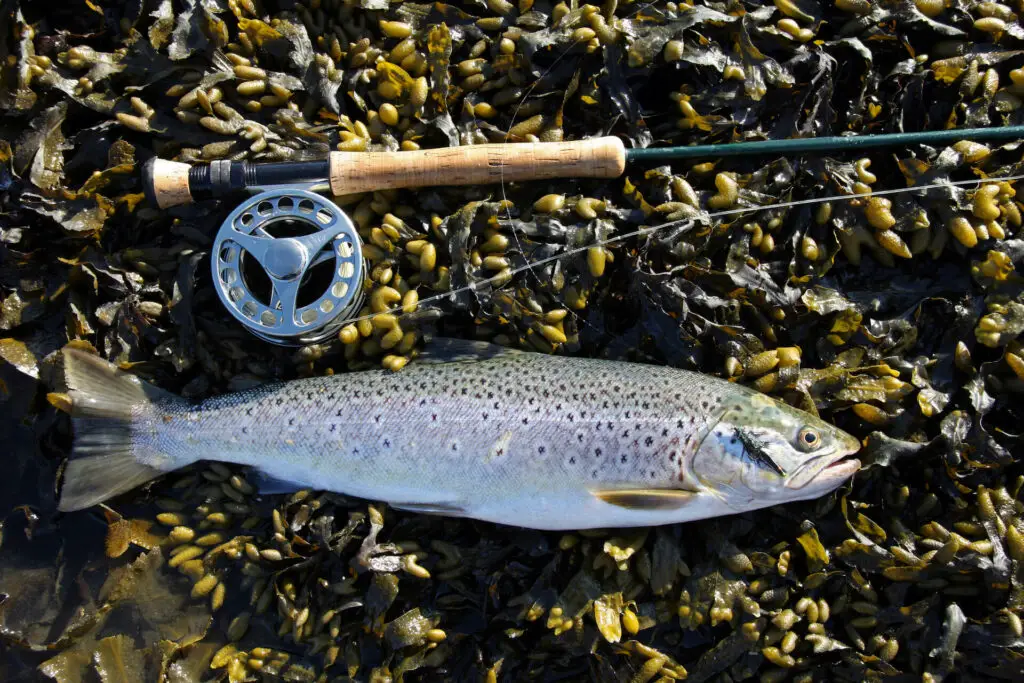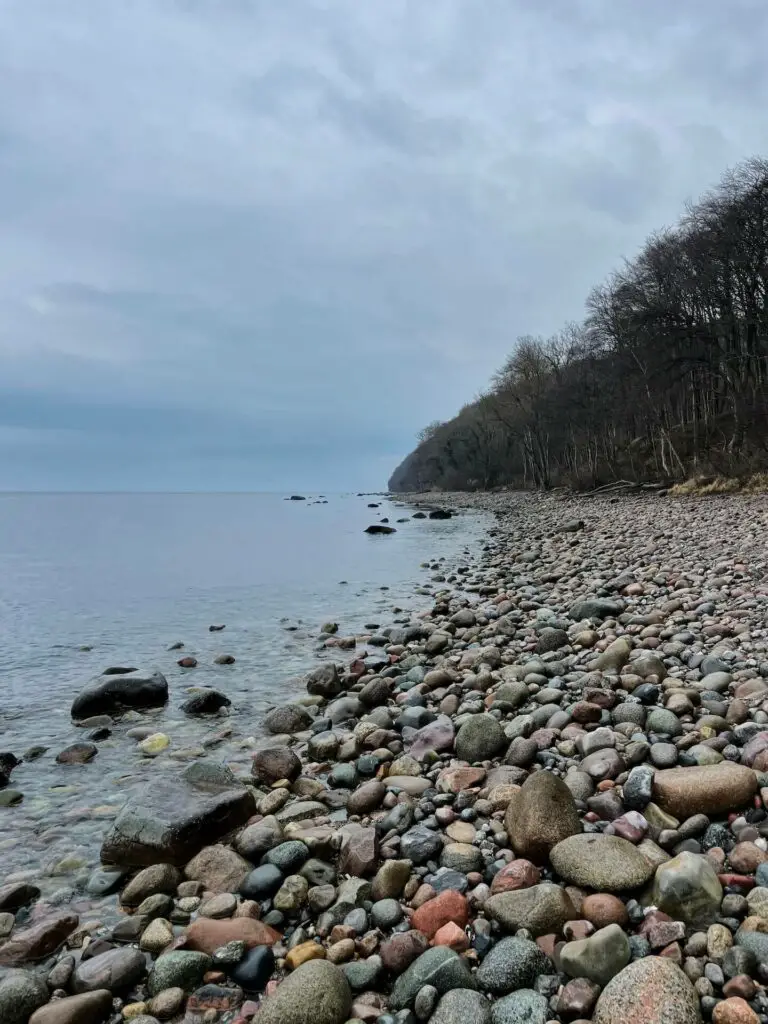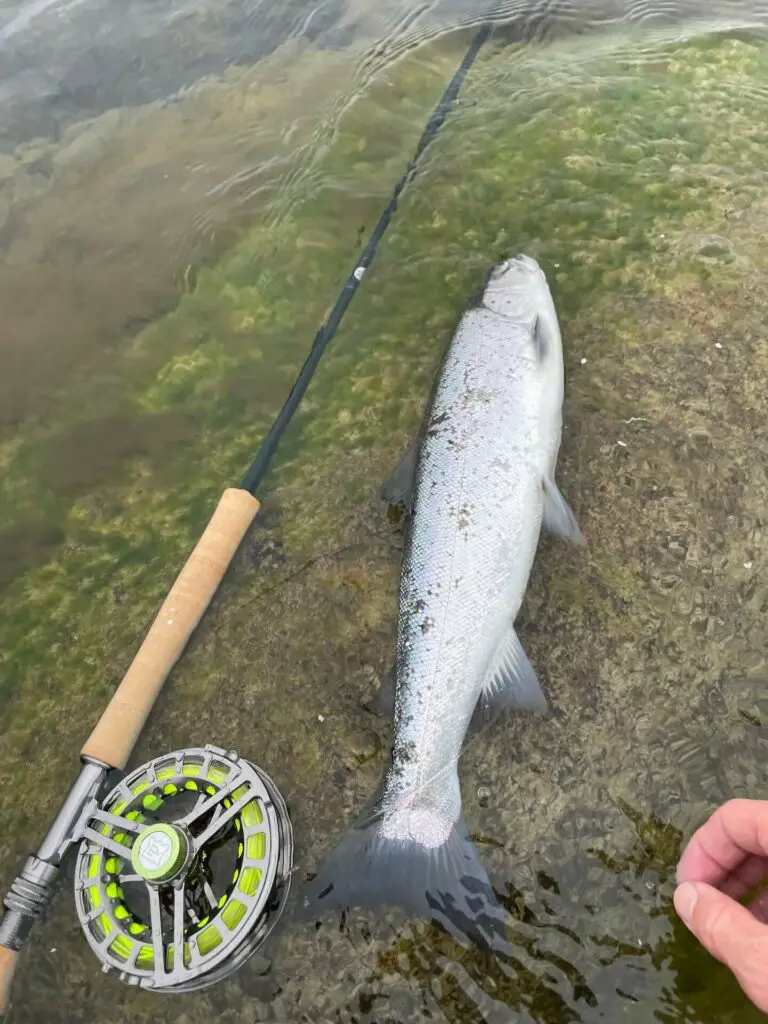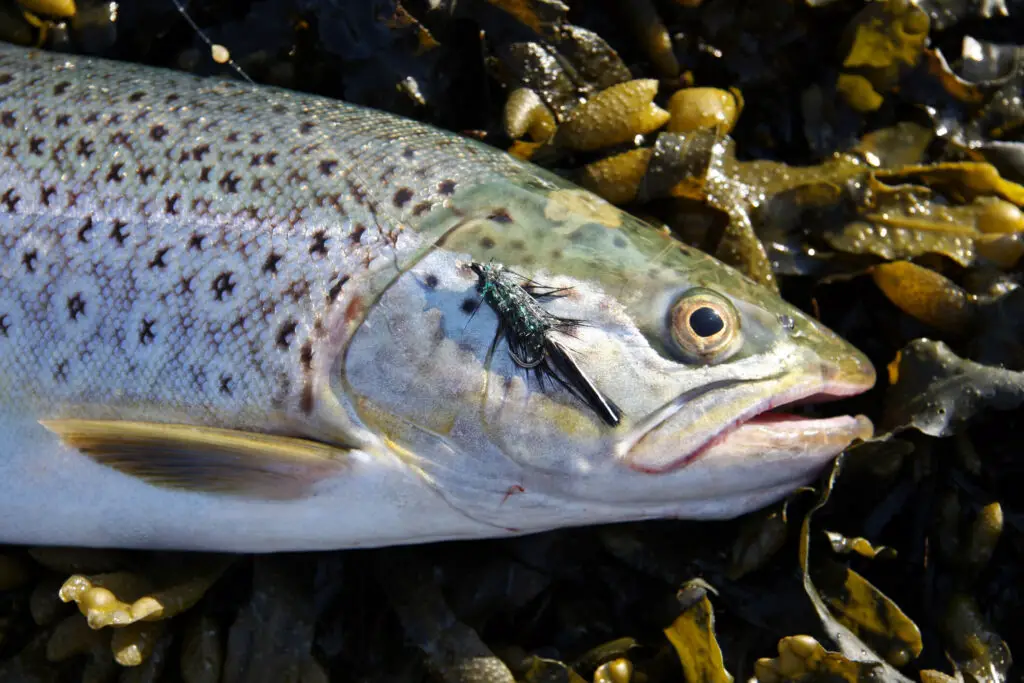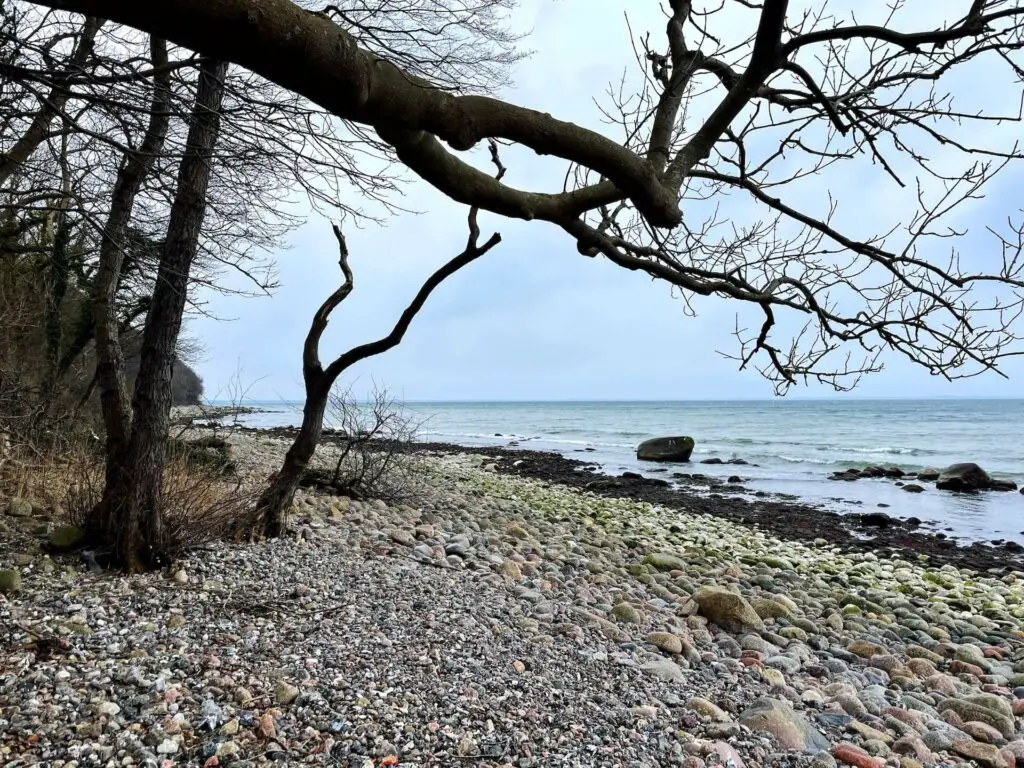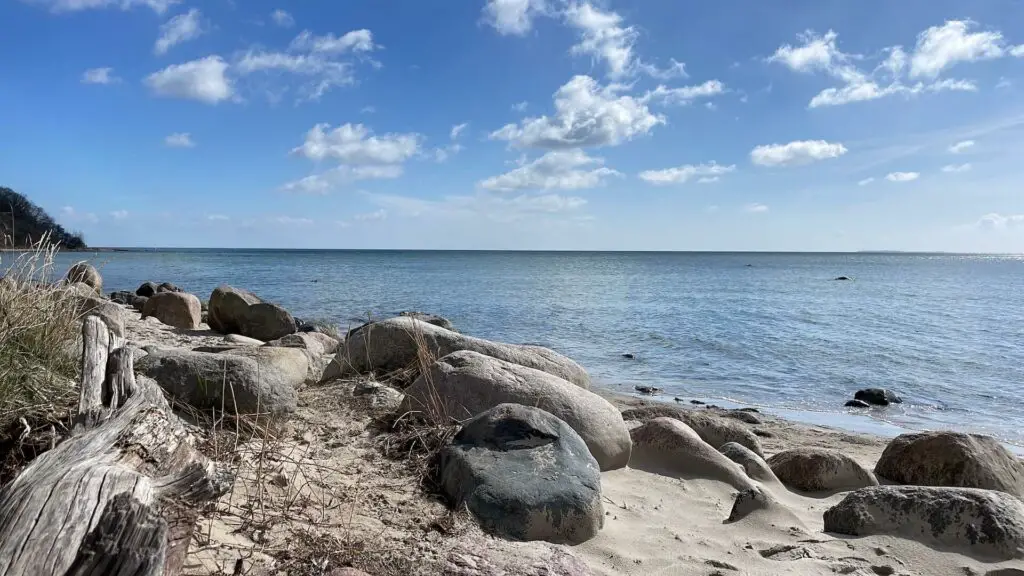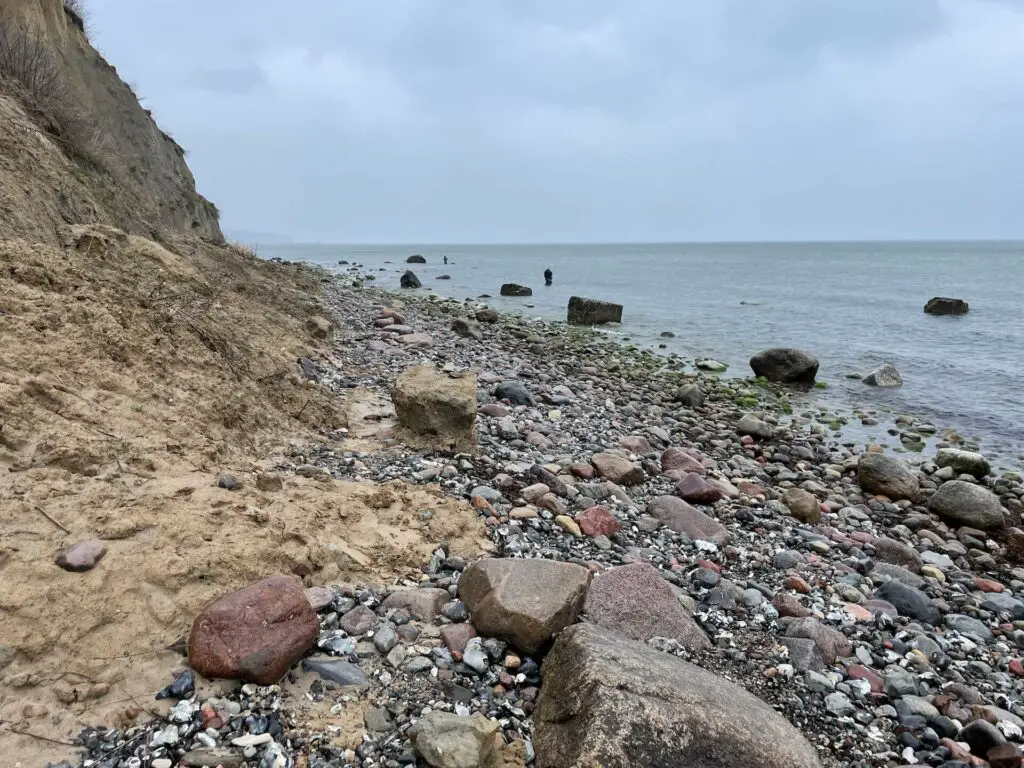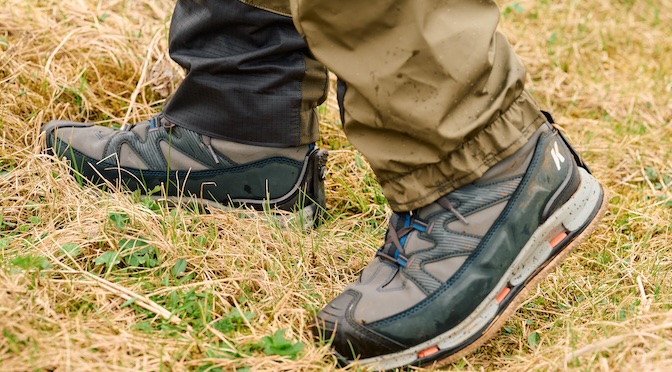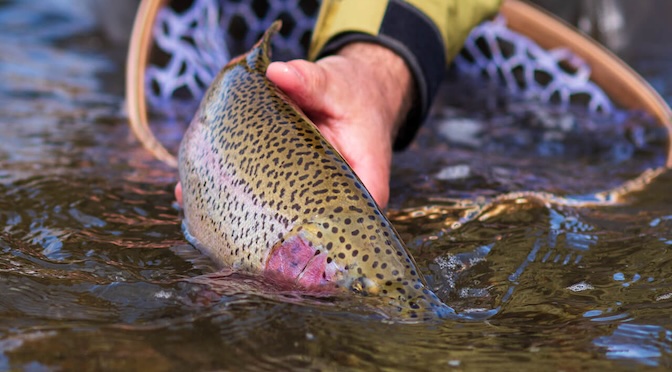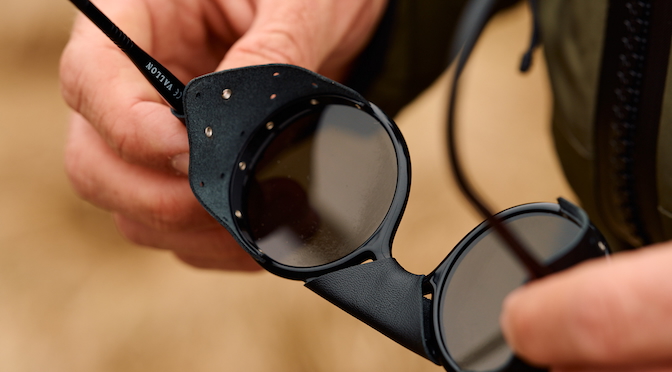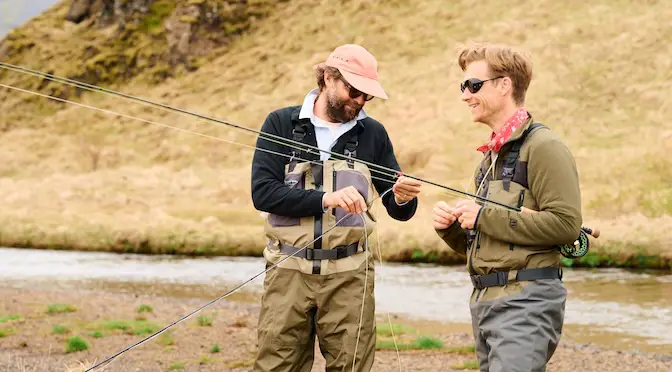Last updated on May 22nd, 2023.
- On the Water with the Korkers Bantam Lite - June 26, 2025
- How to Find Trout in Rivers & Streams Anywhere - June 13, 2025
- Educating the Next Generation of Salmon Anglers - June 4, 2025
Fly fishing for sea trout is an exciting and rewarding challenge that offers a unique experience to both novice and experienced anglers.
Sea trout inhabit numerous coastal waters and rivers in the northern hemisphere and present a captivating fishing challenge. In this post, we will explore the different kinds of sea trout fishing, their habitats and life cycles as well as tips for coastal fishing and fly fishing techniques tailored to river environments.
As you read on, you’ll discover valuable information about coastal fishing for sea trout including prime locations, essential gear selection tips, tactics to employ in your pursuit of these elusive fish. Additionally, we’ll delve into fly fishing techniques specifically tailored for targeting sea trout in river environments. Finally, our comprehensive guide will provide practical advice on choosing the right tackle and understanding sea trout behavior to increase your chances of success. We’ll also discuss the importance of conservation efforts aimed at protecting these magnificent creatures from overfishing and habitat degradation.
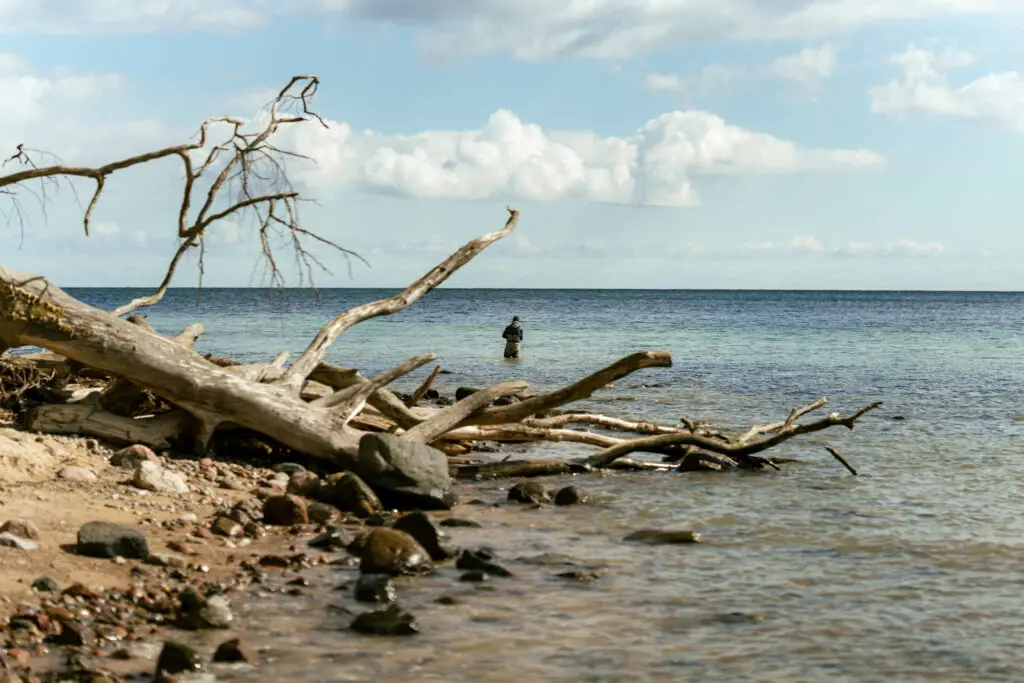
Table of Contents:
Fly Fishing for Sea Trout in Rivers
Tips and Tricks for Catching Sea Trout
Efforts for Sea Trout Conservation
What are Sea Trout?
Salmo trutta, commonly known as sea trout, are a species of anadromous fish present in the Atlantic. They have also been established in South America where they are known as sea run brown trout in Argentina’s Patagonia region. Sometimes other forms of sea run trout such as Coastal Cutthroat are referred to as sea trout as well. They have a distinct appearance with silver-blue bodies and dark spots along their sides. Sea trout migrate periodically from marine to freshwater environments for breeding, then go back to the ocean after spawning.
Sea Trout live primarily in coastal waters near estuaries or rivers where they feed on smaller fish like herring, sand eels, shrimps and other small crustaceans. During breeding season they migrate upriver into fresh water streams where they spawn before returning to their original habitat.
For fly fishermen and women three stages of the sea trout lifecycle are interesting. The most sought after fish are the so-called overspringers or multi sea winter fish. These fish, as the name suggests, skip a spawning cycle and remain in the ocean putting on extra weight. These fish are bright silver and in exceptional condition. Scientists assume that some part of a sea trout population skips spawning each year so that they have a gene backup in case something happens to the population in the river causing a die-off of a large part of the stock. These fish can grow up to 40″ in the Baltic Sea. Landing one of these specimen is the dream of every coastal fly fisher.
Then there are so-called greenlanders, also bright silvery fish that have not yet taken part in spawning. These fish provide a nice challenge on the fly rod as well and are the most common ones to be caught along the coast. They usually come in at around 20″ and often roam the coasts in small schools. Hence if you happen to catch one of these, chances are there are a few more around.
Last but not least there are the coloured fish that are often caught during fall. These are the ones that are ready to move up the river to spawn. Once they have fulfilled their duty, they move downriver again and often stick around estuaries to put on some weight again. At this stage they are rather weak and don’t fight a lot when hooked. Make sure to release them carefully and quickly in case you hook into one of these coloured fish.
Key Takeaway: Sea trout, commonly known as salmo trutta, are anadromous fish found in the Northern parts of the Atlantic. They migrate from saltwater to freshwater environments during spawning season and then return after mating is complete.
Coastal Fishing for Sea Trout
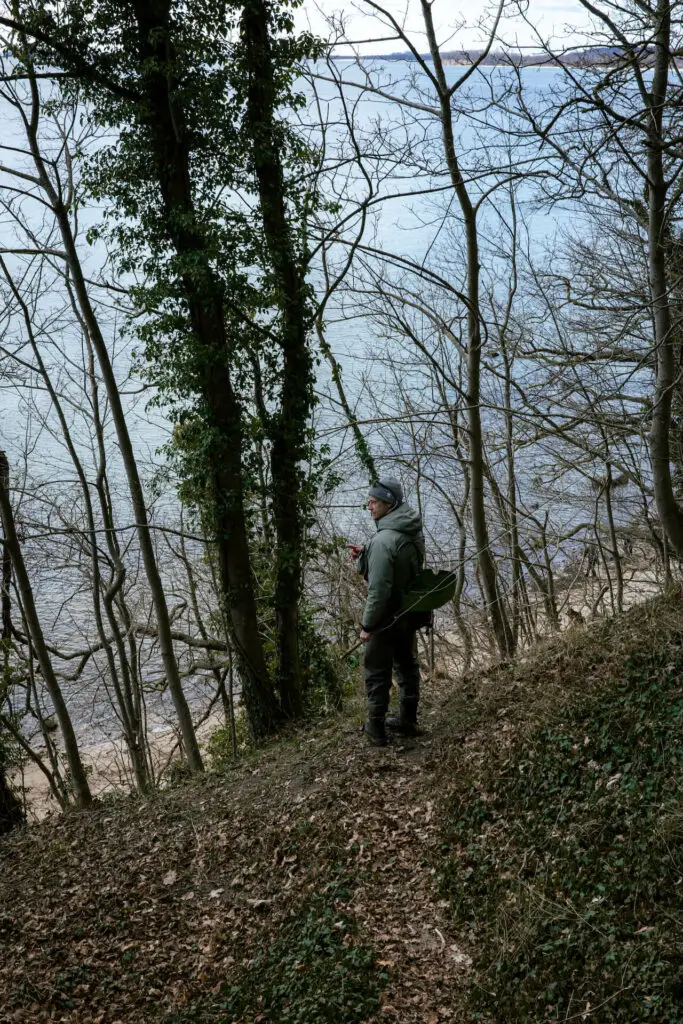
Coastal fishing for sea trout is a popular pastime among fly fishermen all across Northern Europe. There are many prime locations for targeting this species of fish we’ll dive into in a second, as well as the gear and tactics needed to be successful. The best times to fish for sea trout on the coast depend largely on the season and location.
Where to find Sea Trout in Europe
Sea trout can be found in both saltwater and freshwater environments along coastal areas, so it’s important to research where they are most commonly found in your area. Sea trout tend to frequent estuaries, bays, creeks, rivers and beaches as well as nearshore reefs for shelter from predators. Prime spots include shallow flats with sand or bottoms riddled with stones. Sea trout are avid hunters and are looking for small baitfish, shrimps and other tiny crustaceans to feed on.
For coastal fly fishing trips targeting sea trout, you should equip yourself with a 9 foot #6 rod paired up with intermediate lines designed specifically for saltwater applications along with smaller streamer patterns like clousers minnows or deceivers in white/silver color combinations. Shrimp and other crustacean patterns have proven successful as well. Depending on the conditions you can also use a #7 rod or #5 rod and full sinking lines or even a floating line. Shooting heads have become very popular among Scandinavian fishermen in recent years as well since they are easier to cast into the wind (which can often happen along the coast).
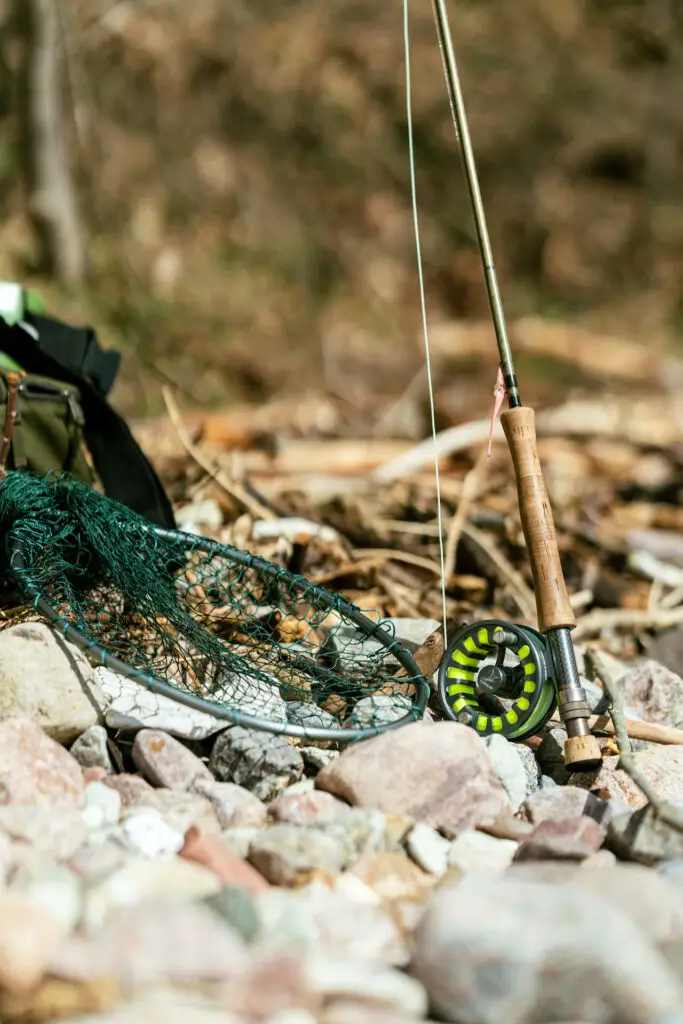
As a rule of thumb, when it’s a little windy and waves are breaking, go for an intermediate or sinking line as the floating one will be hard to fish with in the swell. Oftentimes, the day after strong winds have hit the coast, are the best ones since the movement in the water brings in bait that the sea trout will feed on. These days give you the chance to catch a big one close to shore. Hence, always make sure to cast along the first few yards of the shoreline before stepping into the water. Otherwise you might spook fish that were holding close to the shore.
One more thing regarding gear: it is crucial to wear enough layers to stay warm when out fishing in the salt. Particularly during the winter months and early spring, you can experience all seasons within a day ranging from rain, snow, hail, strong winds and sunshine. Without a premium wading jacket, waders (neoprene ones are a good option as well) and gloves, you won’t have a lot of fun. Also make sure to bring a hot beverage in a thermos – it will be worth the extra weight.
Always choose your fly pattern depending on the surroundings you’re fishing. If there are rocks and some weed in the water, go for patterns such as shrimp imitations or other small crustaceans. If you’re fishing over sandier bottom, make sure to give small bait fish imitations a try such as sand eel patterns. Some sea trout along the Baltic coast, particularly at the end of spring, love to feed on these smaller fish and hunt them over sandy bottoms.
Coastal fishing for sea trout can be a great way to experience the thrill of fly fishing in an oceanic environment. For those looking to try something different, river fly fishing for sea trout is another exciting option that offers its own unique challenges and rewards.
Key Takeaway: Fly fishing sea trout along coastal areas can be an enjoyable experience, and you should equip yourself with the right gear such as light spinning tackle or a fly rod. Prime spots include shallow flats with sand or mud bottoms that provide plenty of cover from predators like redfish or sharks – look out for schools of baitfish too.
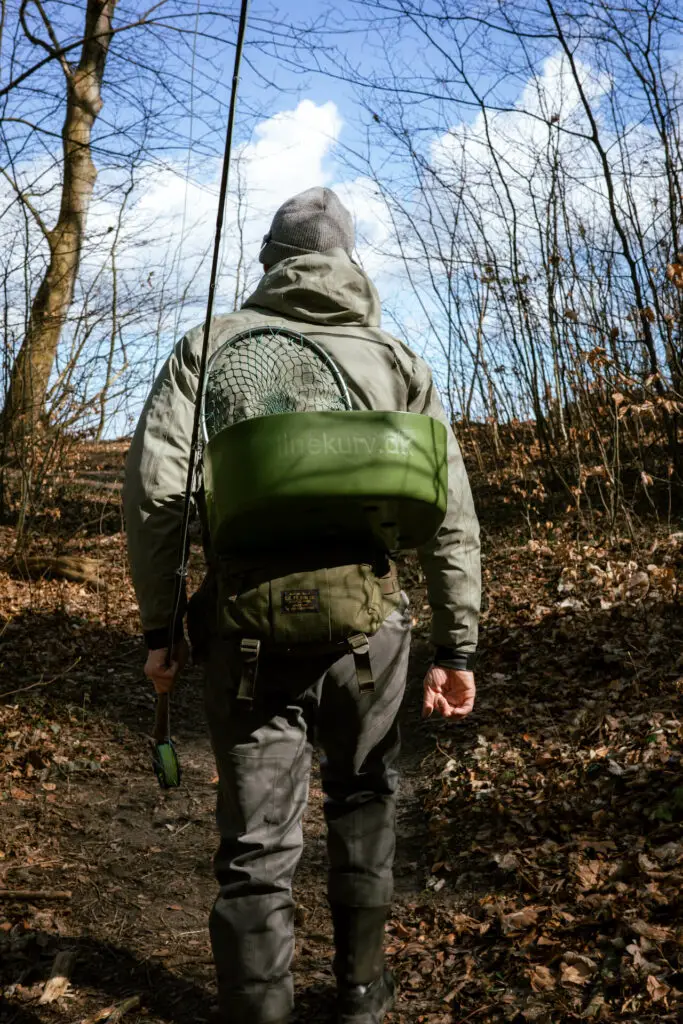
Places to Fly Fish for Coastal Sea Trout
When it comes to fly fishing for coastal sea trout, there are some great spots around the world. One of the best places is in the Baltic Sea region, which includes countries like Denmark, Sweden and Northern Germany. The waters here are usually quite shallow so you don’t need any special gear or equipment to get started – just your basic rod and reel setup will do!
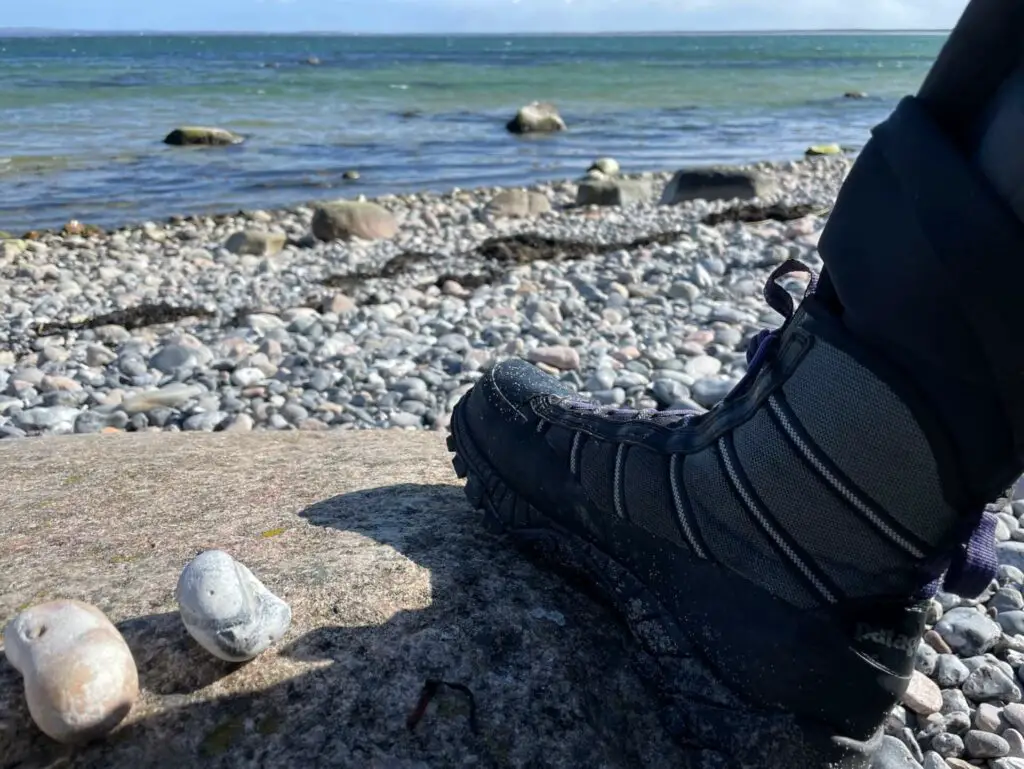
In terms of tactics when fly fishing for coastal sea trout, it’s important to remember that they tend to feed more actively during certain times of year. Along the Baltic Sea, spring is considered to be the primetime season for sea trout. However, there are areas in Denmark and along the coasts of Sweden for example where a prime summer fishery (often happening at dusk and dawn) can be head. Also, winter fishing can be extremely rewarding. You’re exposed to the elements and often the biggest fish of the year are caught during the cold months of December through February. Be aware of local regulations. Some regions in Germany such as Mecklenburg-Vorpommern, have times in which you cannot fish for sea trout (Sept 15 – Dec 15).
The UK also has some excellent spots for fly fishing coastal sea trout too – particularly along its western coastline from Cornwall all the way up north past Scotland’s Shetland Islands and the Outer Hebrides. As with other areas around Europe though, timing is key when trying to catch these fish so make sure you plan your trips accordingly depending on what season it is!
Finally if you’re looking for tips on how best to target coastal sea trout then one thing worth remembering is that patience pays off in spades here! These fish can often be very wary so take your time casting out multiple lines until something takes hold – once hooked keep a steady pressure while reeling them in otherwise they may well break free!
Overall then whether it’s along Europe’s Baltic coastlines or further north towards Britain’s rugged western shores – there are plenty great places available right now if you fancy giving fly fishing a go after some coastal sea trout! Just make sure though that whatever area, country, region you choose – always check local regulations first before setting out; because nothing ruins an angling trip faster than getting fined by fisheries officers over illegal catches…
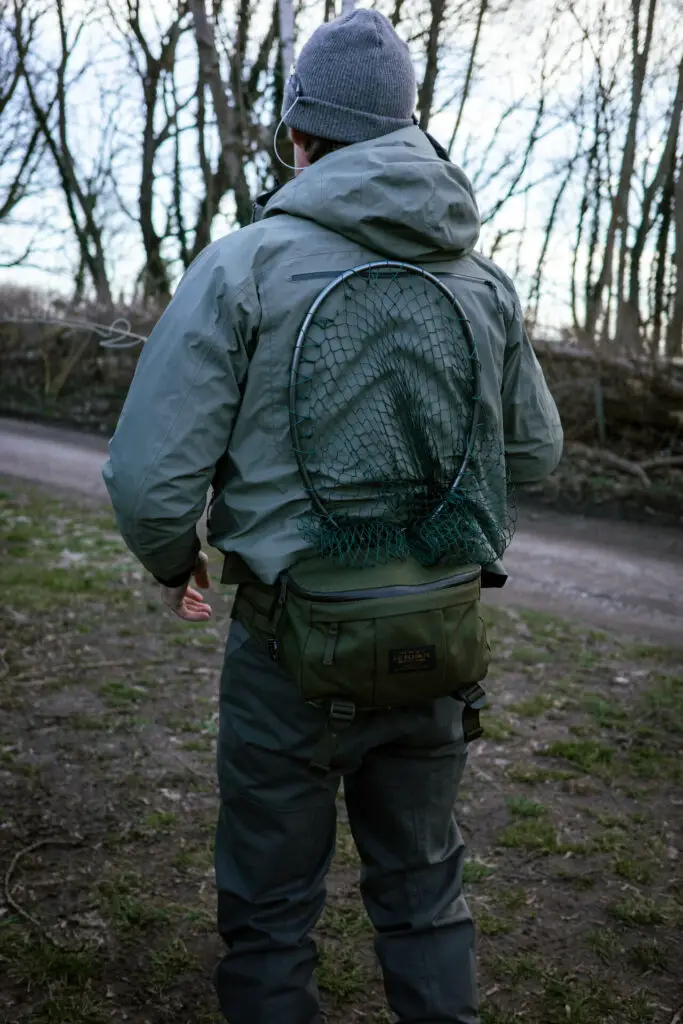
Fly Fishing for Sea Trout in Rivers
Besides searching for sea trout in the saltwater along the coasts, fishing for them in rivers has a long tradition all across the UK and Denmark (Skjern and Karup) and Sweden (River Em) as well. When it comes to gear and tactics for river fly fishing, there are several options available. Lightweight rods of 8-9 feet in length paired with floating lines work well when targeting sea trout in shallow waters. Additionally, sink tip lines can be used if you want to target deeper pools or runs where the fish might be hiding out. As far as flies go, small nymphs or streamers that mimic baitfish should do the trick when targeting sea trout in rivers.
When it comes to timing your trips on the river for optimal success while fly fishing for sea trout, early morning hours before sunrise tend to produce more strikes from hungry predators than later parts of the day. Additionally, periods of high water flow due to heavy rainfalls or snowmelt runoff are ideal times to get out on the river since these conditions help drive more food into areas where they may not have been able access before; this increases chances at catching larger numbers of fish.
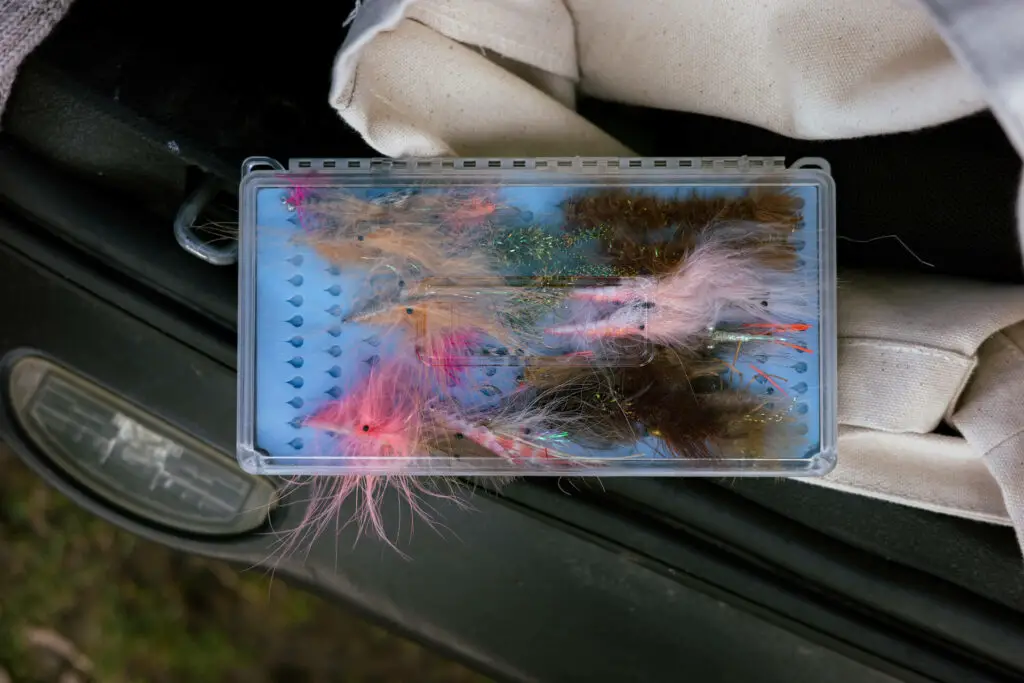
Tips and Tricks for Catching Sea Trout
Choosing the right gear and tackle for catching sea trout is essential to success. Quality rods, reels, lines, flies, and other tackle should be selected based on the type of fishing you plan to do. For example, if you are planning to fish in rivers or streams then a lightweight rod with fast action is best. A reel with good drag and line capacity is also important when fly fishing for sea trout. When it comes to fly selection, understanding what kind of prey sea trout feed on will help you choose the right ones. Small wet flies, nymphs, streamers are all popular choices when targeting sea trout in rivers or coastal areas.
Understanding the behavior of sea trout can also give anglers an edge when trying to catch them. Sea Trout tend to move around more during certain times of day such as dawn or dusk which makes them easier targets for anglers looking for active fish that may be feeding at these times. They also like structure such as rocks or weed where they can find food so focusing your efforts near those types of structures can increase your chances at landing one successfully. Lastly paying attention to water conditions such as temperature and clarity can give clues into where fish may be located since they prefer cooler temperatures with clearer waters over warmer murkier ones.
Key Takeaway: Using the right gear and tackle, as well as understanding sea trout behavior, can give fishermen an edge when trying to land a successful catch. Knowing what patterns will attract them and where they tend to congregate at different times of day is key for fly fishermen to have success. Paying attention to water conditions such as temperature and clarity can also help point you in the right direction.
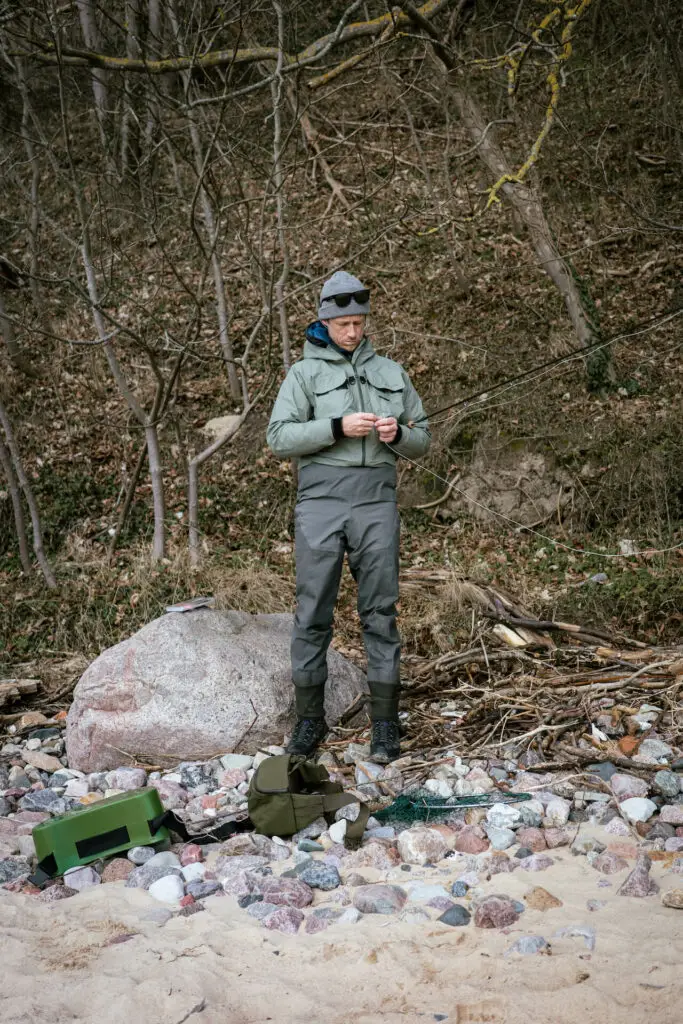
Efforts for Sea Trout Conservation
Sea trout conservation efforts have been a hot topic in Europe for some time now. In the UK, there are projects to help improve wild stocks of sea trout in rivers across the country. The Environment Agency has implemented various measures such as introducing catch and release regulations, stocking programs, and habitat improvement initiatives.
In Scandinavia, there have beens numerous efforts to better protect sea trout populations from overfishing and to improve spawning conditions. This includes limits on bag sizes and restrictions on what kind of gear can be used when targeting these fish. Additionally, many areas have closed seasons or require anglers to use barbless hooks only during certain times of year when sea trout are spawning or migrating through estuaries and bays.
Others countries such as Poland have also taken steps towards protecting sea trout by establishing a network of protected marine sites along its coastline that are designed to conserve important habitats for this species as well as other marine life. These sites provide refuge for juvenile fish which helps ensure their survival into adulthood so they can reproduce more successfully in future years.
On top of all this, anglers themselves play an important role in conserving sea trout populations by practicing catch-and-release techniques whenever possible and using tackle that minimizes damage to the fish’s delicate skin while still providing adequate hook sets when necessary. Anglers should also be mindful not to discard any plastic waste into waterways where it could harm aquatic wildlife including vulnerable species like sea trout juveniles who may mistake it for food or become entangled in it if left unchecked near shorelines or shallow waters where they feed most actively during summer months.
Overall, there is much work being done both at government level and among recreational fishermen alike towards preserving healthy stocks of wild sea trout throughout Europe’s coasts and rivers – something we should all strive towards if we want our children’s grandchildren to enjoy fly fishing for these beautiful creatures just like us!
FAQs in Relation to Fly Fishing for Sea Trout
Can you fly fish for sea trout?
Yes, you can fly fish for sea trout. Sea trout are a species of salmonid that inhabit coastal areas and estuaries throughout the world. They are highly sought after by anglers due to their aggressive feeding habits and willingness to take flies. Fly fishing sea trout is an exciting way to target these hard-fighting fish in both fresh and saltwater environments. To be successful, anglers must comprehend the habits of these predators and how they react to diverse displays in various circumstances. With patience, practice, and knowledge you can enjoy success when targeting this popular gamefish on the fly.
What is the best fly for sea trout?
One of the best flies for sea trout is the Clouser Minnow. This classic pattern, developed by Bob Clouser in the 1980s, has proven itself to be an effective and versatile lure for both fresh and saltwater species. Its bright colors, weighted eyes, and sparsely-tied body make it easy to cast long distances while still providing enough movement to entice fish into striking. Whether fishing from a boat or wading along a shoreline, this fly will consistently produce results when targeting sea trout.
What size fly rod for sea trout?
When choosing a fly rod for sea trout, the size of the rod is important. For sea trout, a rod of about 9 feet in length and usually in the #6 range is ideal. This will give you more power and accuracy when casting in windy conditions or over longer distances. You may also want to consider using an intermediate line weight which will help with making precise casts without spooking your target species. With this combination of length and line weight, you should be able to cast accurately and effectively while enjoying a great day on the water fishing for sea trout.
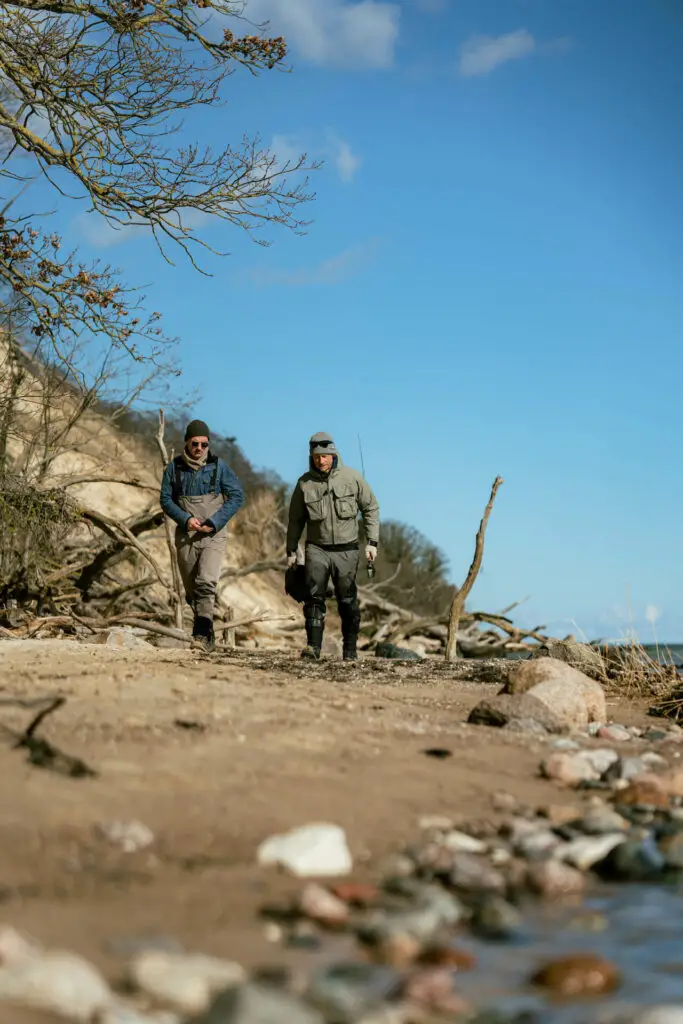
Conclusion
Whether you are coastal fishing or fly fishing in rivers, there are plenty of tips and tricks to help ensure success. By understanding the different stages of sea trout development as well as seasonal patterns, you can become an expert at catching these elusive fish. With practice and dedication your next trip could be filled with memories of unforgettable catches – so get out there now and start exploring this wonderful world of fly fishing for sea trout.

